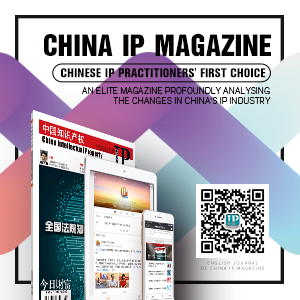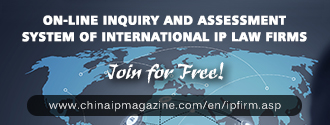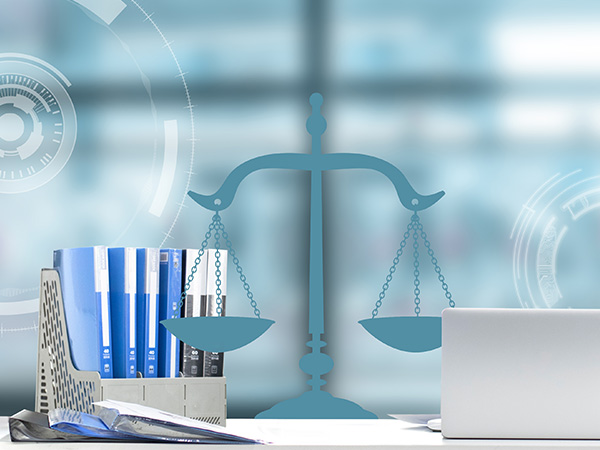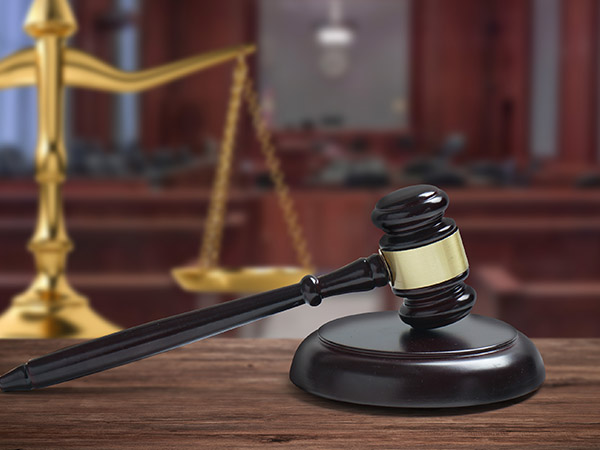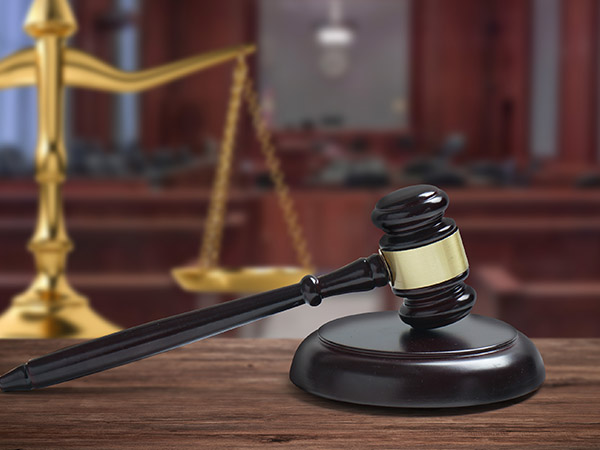Risks and Crimes Against Intellectual Property Online
Modiano Micaela N.
Partner, Modiano & Partners
The advent and growth of e-commerce over the last 20 years have had a major economic and social impact, influencing purchasing methods, habits and expectations of consumers, and flinging open the doors to a new market with new reference models for companies.
According to recent estimates, 68% of internet users in the EU made at least one online purchase for personal use in 2017. This figure is continuously growing and represents an increase of 18% compared to ten years ago.
Although development of this market occurs at different speeds in different European countries, the low barriers to entry, the absence of territorial borders, and the ability to reach an enormous pool of potential customers simply by being connected to the internet all make e-commerce a channel that can no longer be ignored.
Counterfeiters and criminals have grasped this and this is why, in parallel with lawful commerce, we are also seeing a rapid rise in illegal goods and services being offered online. Often this kind of activity is promoted in broad daylight, through social media or search engines, through SEO (search engine optimization) and SEM (search engine marketing), in open competition with the companies whose rights – often trademark rights – are being infringed.
In some cases the offer is formulated in such a way as to deceive the consumer as to the origin of the product being sold, while in others it is openly declared that the product being sold is a replica or an imitation. Clothes, shoes, watches, bags, and pharmaceutical products are among the goods most often hit by these illegal activities, but no sector can consider itself immune, as the sale of counterfeit products is just one of the very many ways that intellectual property is infringed online.
From cybersquatting to disseminating copy-protected material (through streaming and download), every activity, although illegal, needs visibility – and consequently traffic to its site or to its ads on third-party sales platforms – in order to make a profit. For this reason, illegal activities use the same channels, tools and business models as the legal online economy. A study commissioned in 2016 by the EUIPO (European Union Intellectual Property Office) sought to characterize the phenomenon, and identified no fewer than 25 business models that infringe intellectual property rights online.
These can be broken down according to some variables, or common characteristics, including the type of right infringed on (trademark, copyright etc.), the ability to identify the counterfeiter or infringer, the platform on which the activity is conducted (domain, internet site, third-party marketplace etc.), the type of good or service offered, the possibility of fighting the crime with out-of-court procedures, the channels used to promote the activity, and the source of revenue. This last item – revenue – can be direct, as in the case of selling products to customers, or indirect, as in the case of selling advertising space or participating in affiliation programs, which enables these activities to monetize the traffic generated to the site. Taken together, these factors ensure that a website used to promote and sell counterfeit products not only can benefit from the reputation and renown of a trademark to increase its sales and online visibility, but also can even benefit directly from the advertising investments made by the owner of that trademark, if the latter does not carefully monitor where its campaigns are actually advertised.
Considering the many and varied possible risks, and the different fronts where action can be required, it is clear that a correct trademark protection strategy cannot ignore what happens on the internet. Quickly identifying illegal activity through specific surveillance tools, and analyzing the data to define intervention priorities and better understand the phenomenon, are essential to effectively combat a problem whose effects, both in economic terms and in terms of image, can be significant.



